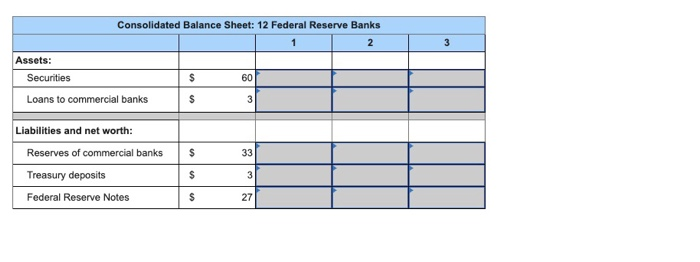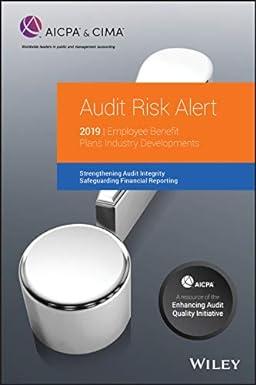Answered step by step
Verified Expert Solution
Question
1 Approved Answer
In the tables below, follow you will find consolidated balance sheets for the balance sheet for the commercial banking system and the 12 federal reserve
In the tables below, follow you will find consolidated balance sheets for the balance sheet for the commercial banking system and the 12 federal reserve banks. 



Step by Step Solution
There are 3 Steps involved in it
Step: 1

Get Instant Access to Expert-Tailored Solutions
See step-by-step solutions with expert insights and AI powered tools for academic success
Step: 2

Step: 3

Ace Your Homework with AI
Get the answers you need in no time with our AI-driven, step-by-step assistance
Get Started


